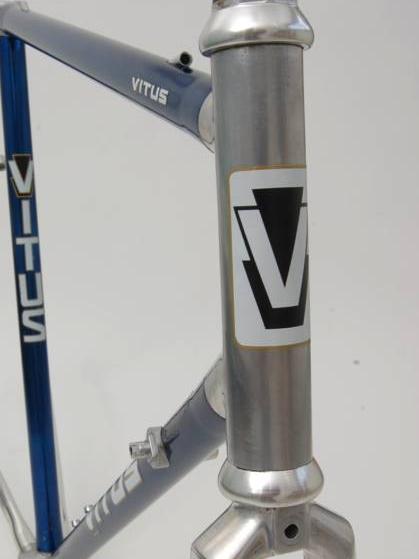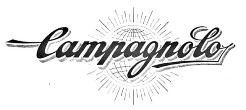
|
|
Photo Credit: eBay Seller bikebeyond
|
|
| Name: | Vitus (multi-V) Head Badge |
| Brand: | Vitus |
| Badge Type: | Painted or Decal |
| Frame Types: | Vintage Lightweights |
| Country: | France |
| Years: | 1980's |
| Added By: | JFischer on 09/17/10 |
| Updated By: | JFischer on 09/17/10 |
| Additional Photos - click for full size |
|
|
| Frame Examples using this style Head Badge |
| Frame Example Name | Category | Added |
| Vitus 979 (1980's) | Road Race | 09/17/2010 |
